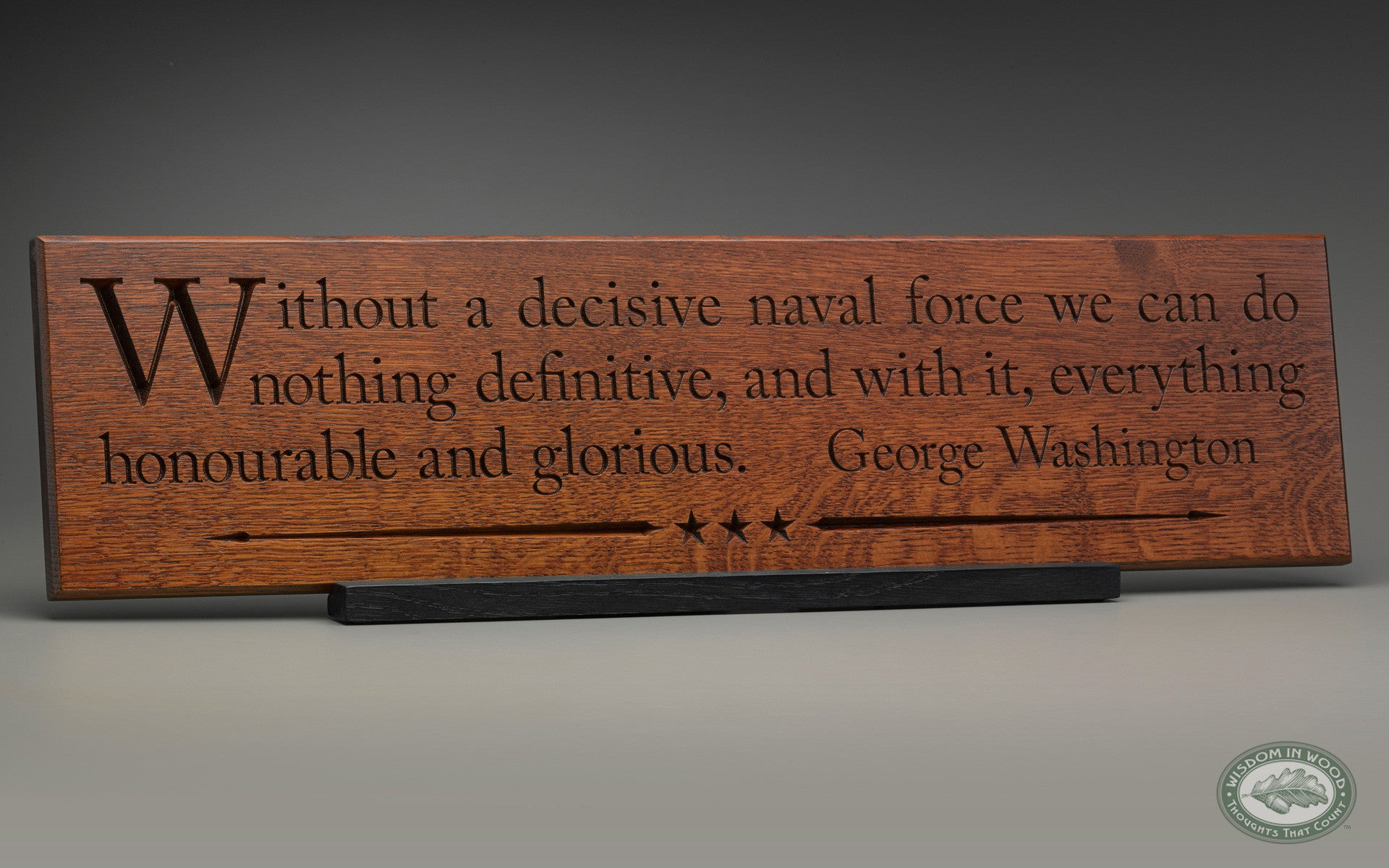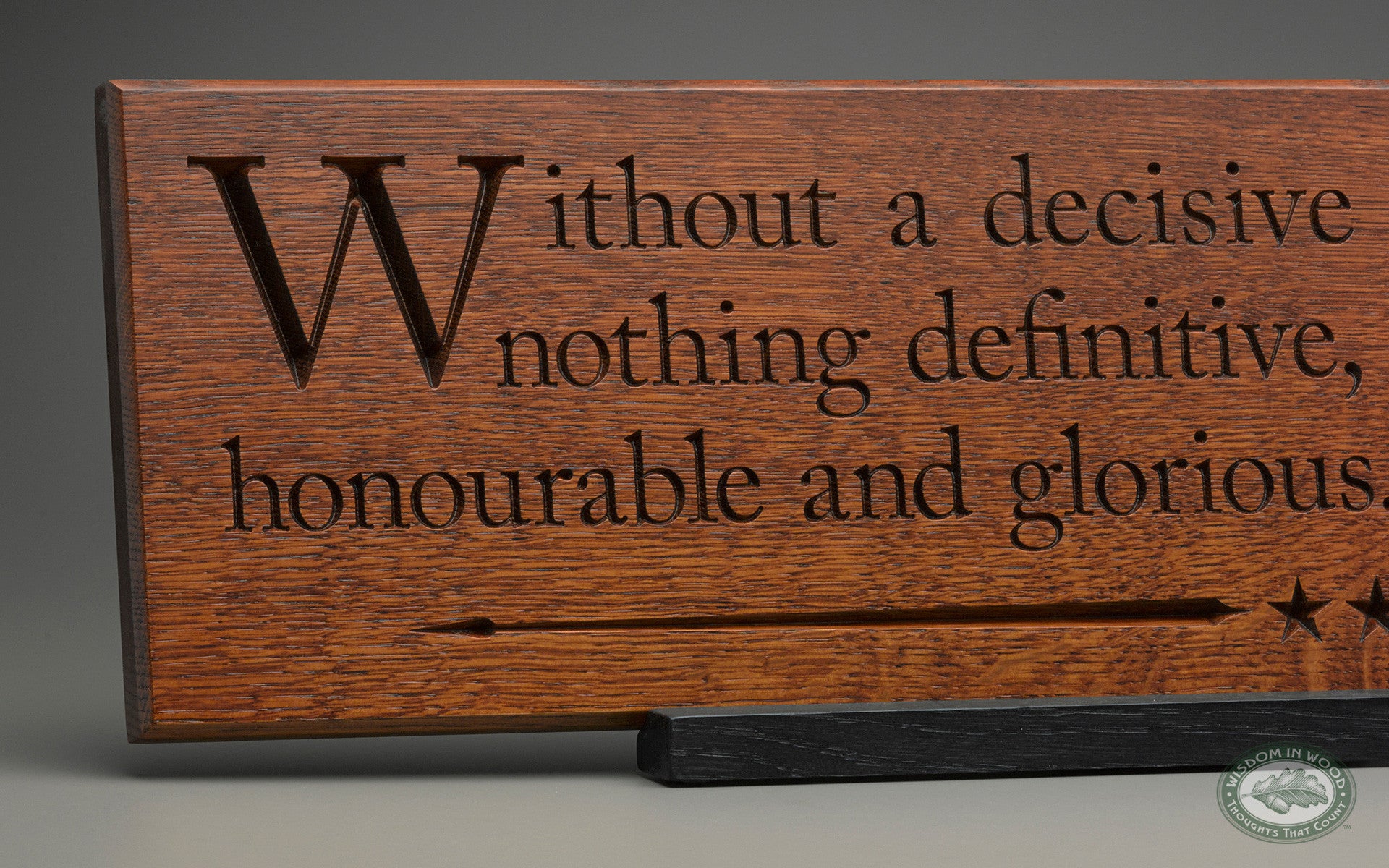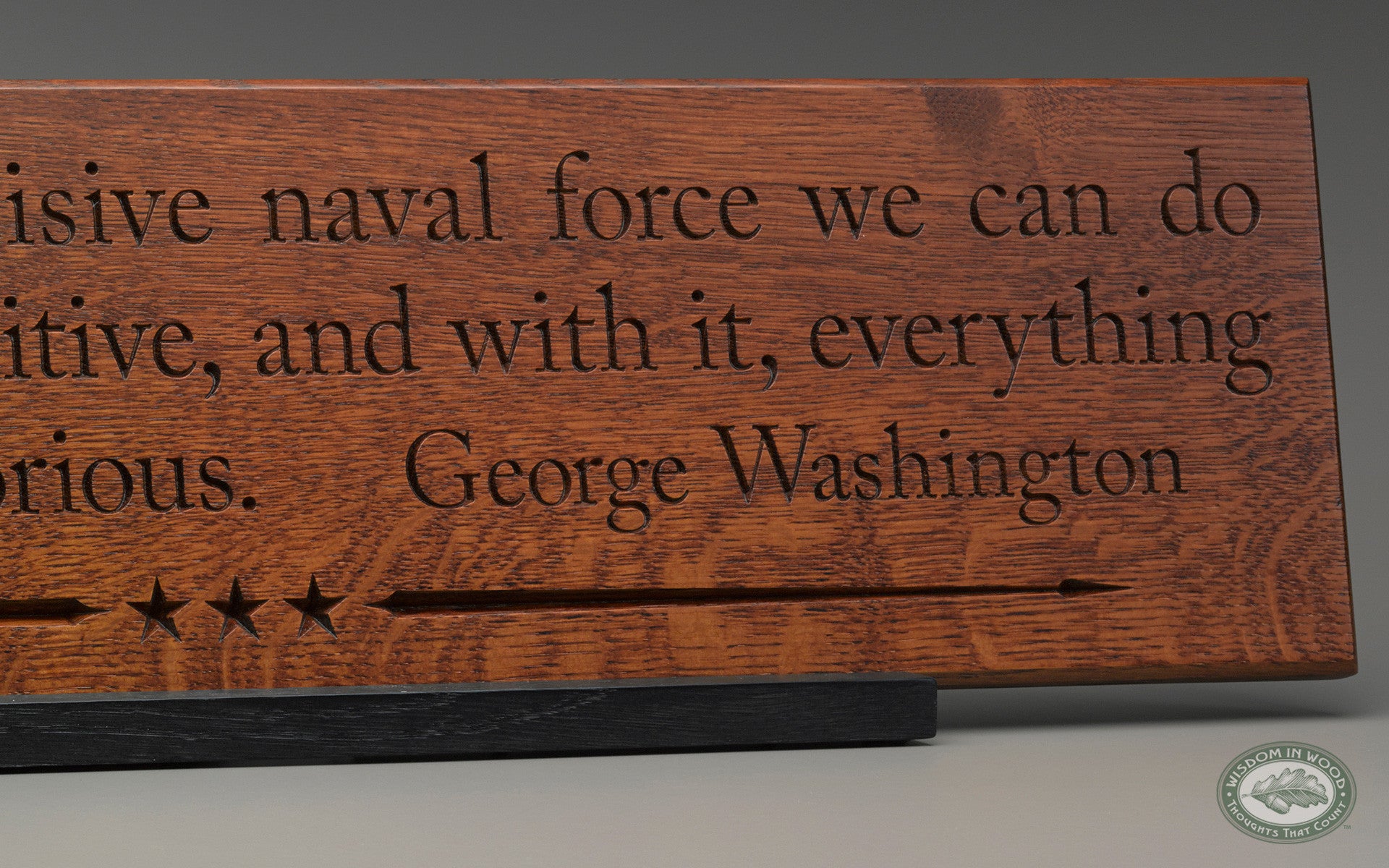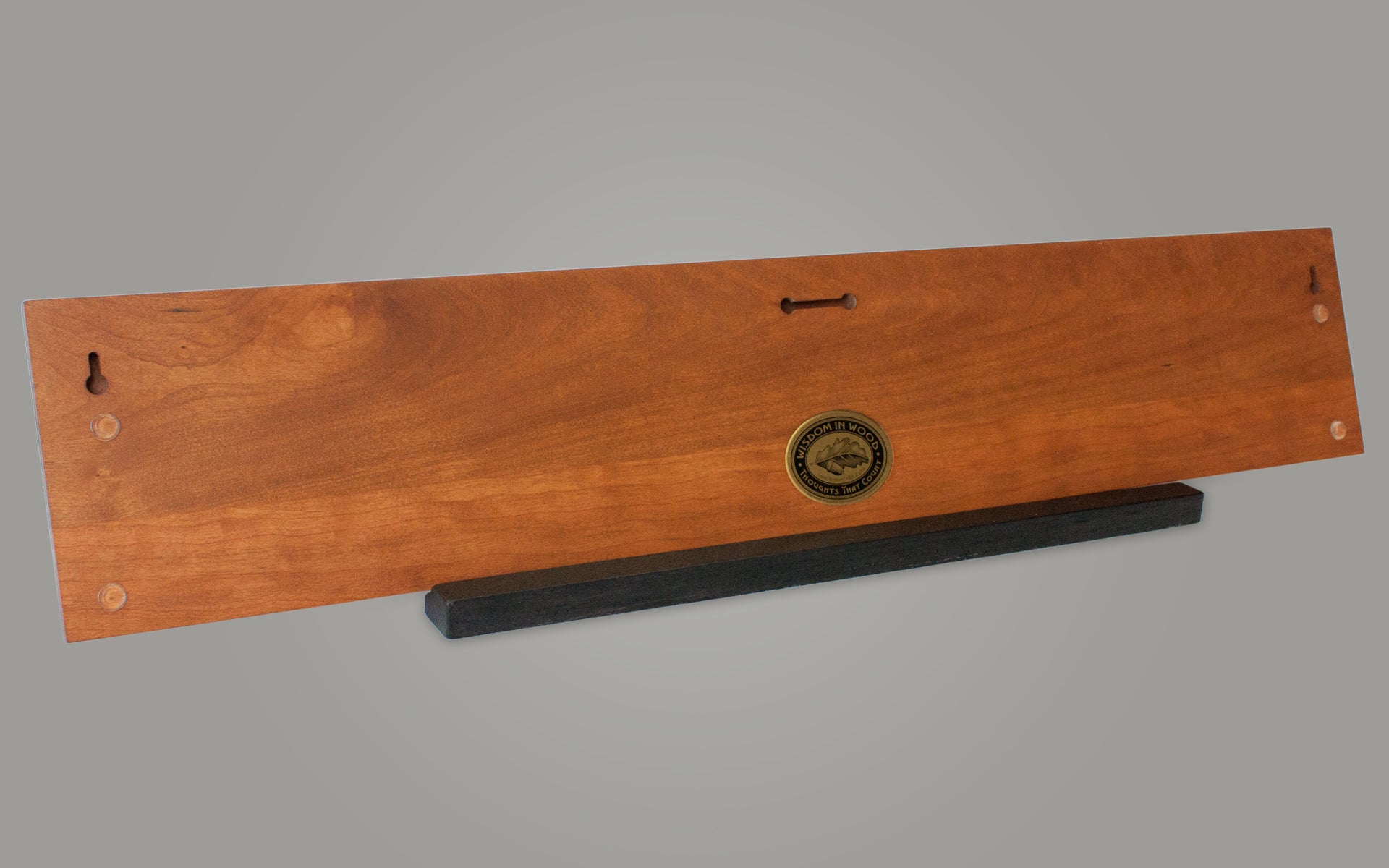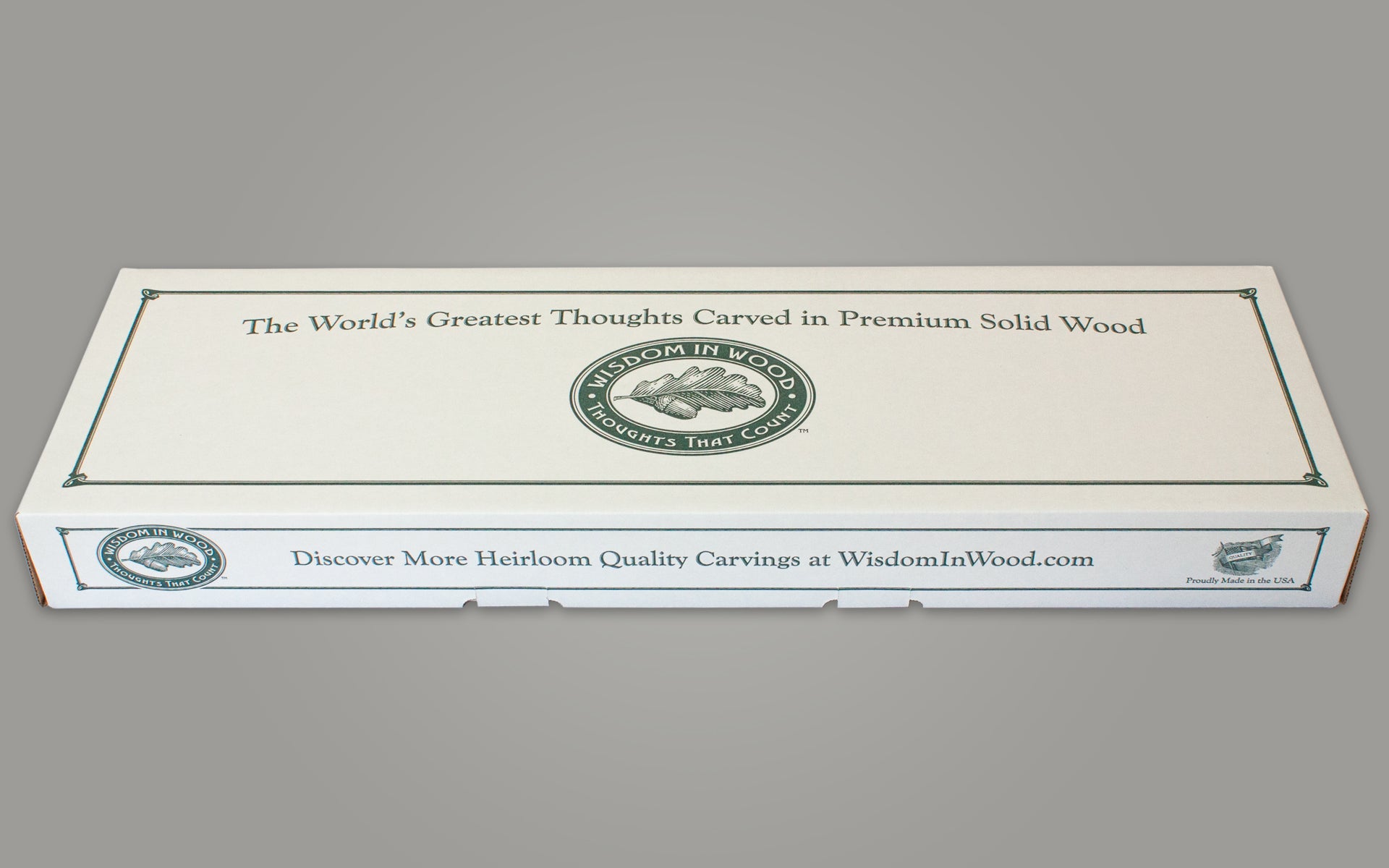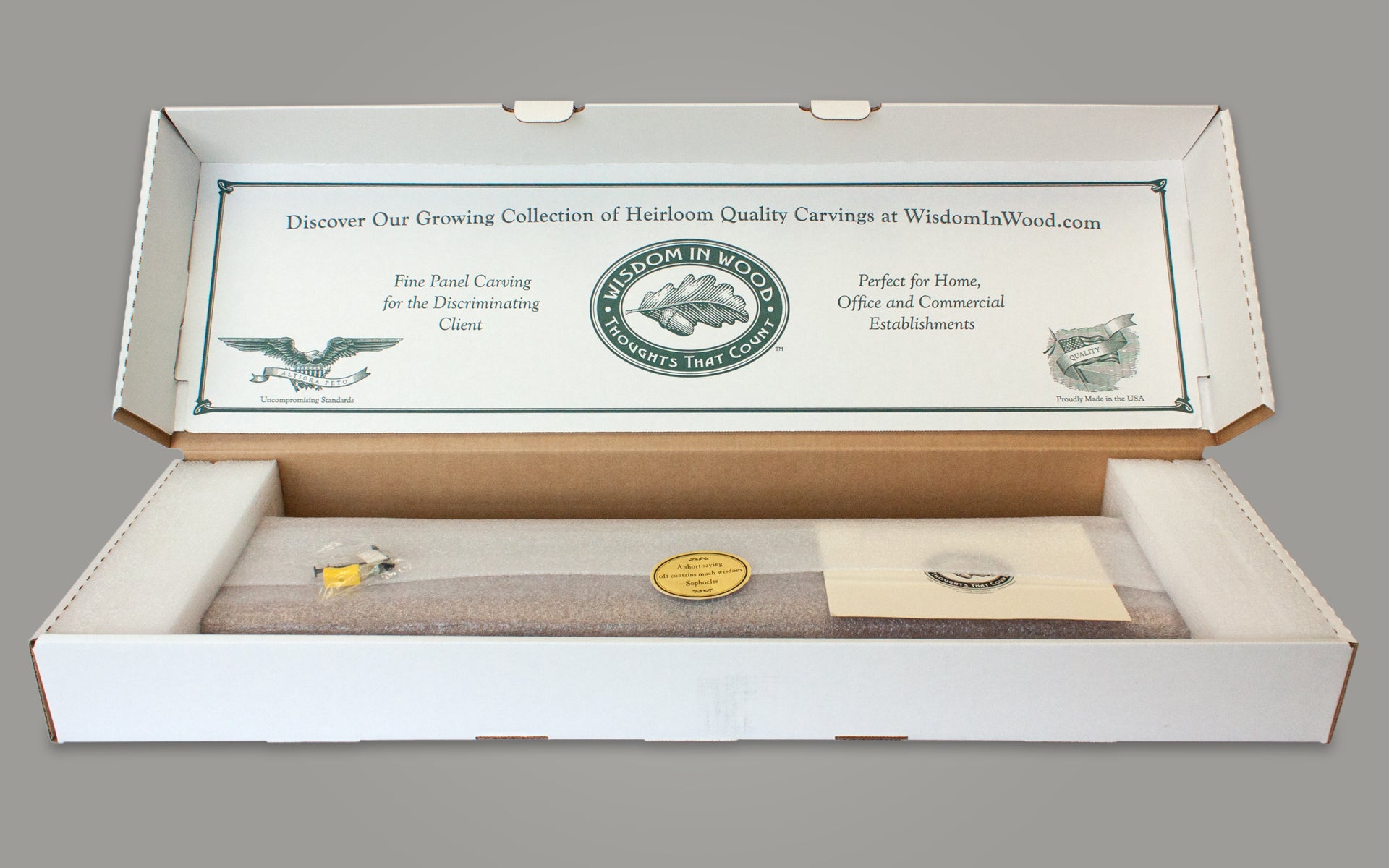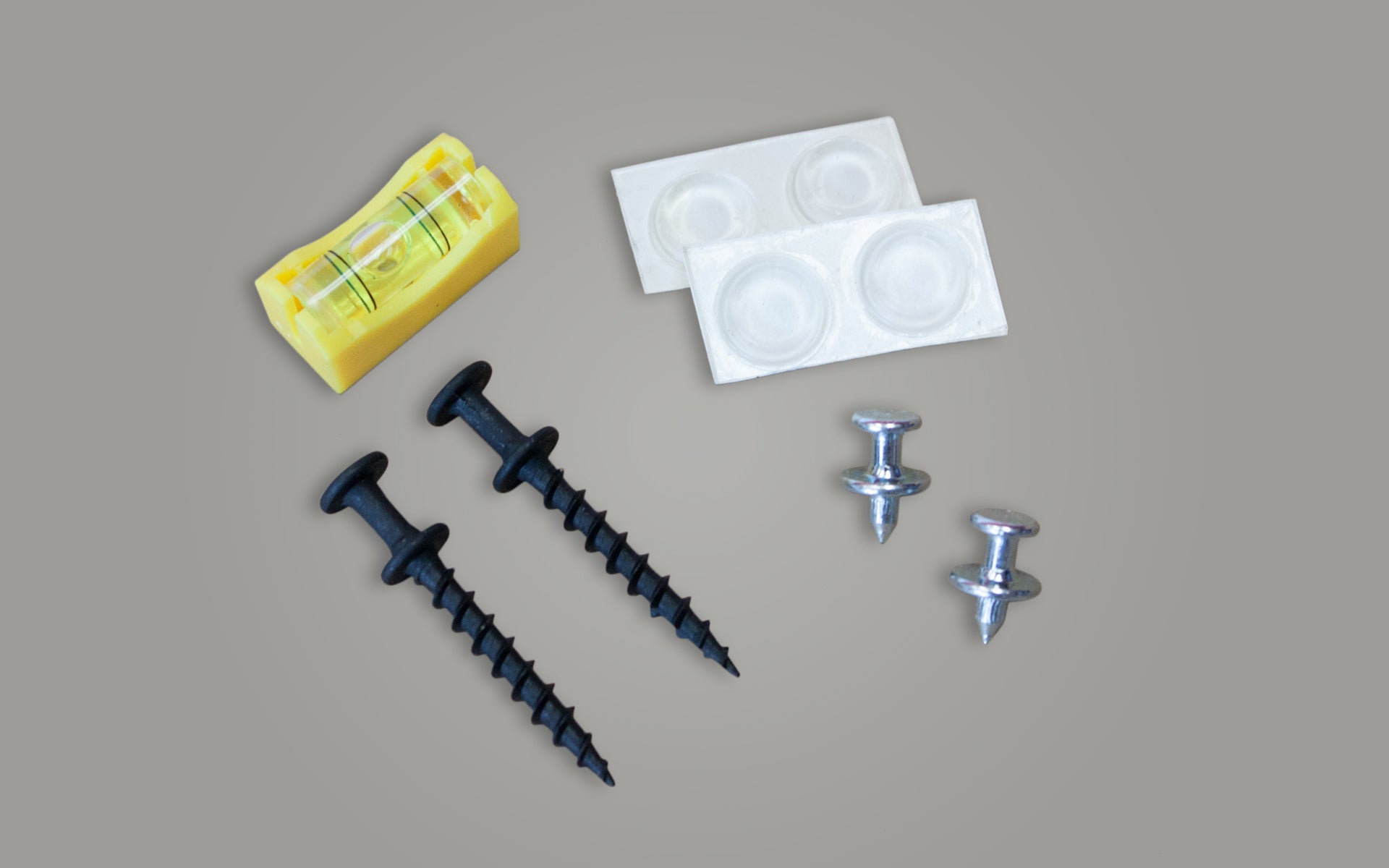Be Sure to Join Our Mailing List so you can be notified of new releases and specials!
Be Sure to Join Our Mailing List so you can be notified of new releases and specials!
+Shop Quotes
-
Quotes By Source
▾
- Winston Churchill Quotes
- Geoffrey Chaucer Quotes
- Cicero Quotes
- Ralph Waldo Emerson Quotes
- Robert Frost Quotes
- Kenneth Grahame Quotes
- Holy Bible Quotes
- John Paul Jones Quotes
- Abraham Lincoln Quotes
- John Muir Quotes
- Sir William Osler Quotes
- Louis Pasteur Quotes
- Plato Quotes
- John Ruskin Quotes
- Second Amendment Quote
- Robert Louis Stevenson Quotes
- Jonathan Swift Quotes
- Henry David Thoreau Quotes
- Unknown Source Quotes
- Izaak Walton Quotes
- George Washington Quotes
- All Carvings
-
Quotes By Subject
▾
- A Nautical Bent
- All American
- Education
- Famous Authors
- Filled With Hope
- Great Leaders & Thinkers
- Home & Hearth
- That Hygge Feeling
- Illuminating Thought
- It's About Time
- Keeping the Faith
- Latin Phrases
- Military Service
- Of True Importance
- Peace & Serenity
- State of Mind
- The Wild Air
- To Your Health
- All Carvings
- Quotes By Style ▾
- Gift Ideas ▾
- Other Products & Accessories ▾
+Customer Reviews
Some Customer Reviews:
- “It is something I see every day and love seeing.”
- “We couldn’t be more satisfied."
- "The photograph doesn't do it justice."
- "A memorable gift for his birthday."
- “I recommend them Without Reservation!”
- “Thank you for the beauty you created.”
- "The wood grain and stain are exquisite."
Washington - Decisive Naval Force Carving
GTI-GW026-8-OC
$339.95
ABOUT THIS CARVING
Full Inscription: Without a decisive naval force we can do nothing definitive. And with it, everything honourable and glorious. - George Washington
Origins: Although the defeat of British General Cornwallis at Yorktown on October 19, 1781, is now largely credited with bringing about the end of the American Revolutionary War (culminating with the Treaty of Paris in 1783). Washington could not know this when, while home at Mount Vernon, he penned a letter to his friend, Marquis de Lafayette, containing this now famous line.
In his letter of November 15, 1781, he was so eloquently expressing to Lafayette his continued belief that a “decisive naval force” would be an essential factor in a final American victory. It had been scarcely a month since he accepted the surrender of General Cornwallis and personally witnessed firsthand the proof of his longstanding belief that a significant naval force would be needed to ultimately defeat the British. At Yorktown, the French fleet had blocked the retreat of British forces, resulting in the capture of some 7,000 soldiers.
For our carving, we used a typeface commonly available in the colonies and the same one used for the first printed editions of the Declaration of Independence and the U. S. Constitution. The traditional star and spear ornament has three stars in honor of the three stars General Washington wore on his uniform throughout the Revolutionary War.
Interestingly, while he was certainly a General, there does not seem to be a record of Washington being formally accorded the status of three-star general during the American Revolution. However, his historic family coat of arms (from County Durham, England) bears three five-pointed stars along with red and white alternating horizontal stripes. Especially given the popularity of six-pointed stars during the period, there are those who have asserted he, or his family’s coat of arms, might have had an influence on the design of our present American flag, but this is presently unproven.
Source: Letter to Marquis de Lafayette, November 15, 1781
Recommended Finish: Our lighter toned Classic Oak finish works with many interiors and finishes and helps to create greater contrast to show off the many carving details of this piece to best advantage as well as helping to improve readability at greater distance. The nautically inclined will appreciate that white oak was an important shipbuilding material of the original six frigates commissioned by the United States Navy through the Naval Act of 1794 and its resistance to cannon fire the reason the crew of the USS Constitution so fondly called her "Old Ironsides."
Product Dimensions: 8" X 32" X 3/4"
Includes: Custom installation kit for wall display, installation instructions, Origins Story Card. (Plinth Base not included, but available separately.)
Charitable Category: A portion of the proceeds from this piece benefits Veteran's Programs.
Product SKUs:
Classic Oak, GTI-GW026-8-OC
Heritage Oak, GTI-GW026-8--OH
Classic Oak, GTI-GW026-8-OC
Heritage Oak, GTI-GW026-8--OH
Product Copyright 2013 GTI, LLC, All Rights Reserved. Made in USA. Stock Photo Shown.
Share:
About
Client Resources
Proudly Made in the USA

© 2025 Good Thinking International, LLC. All Rights Reserved.



